Science Shop
Advertisement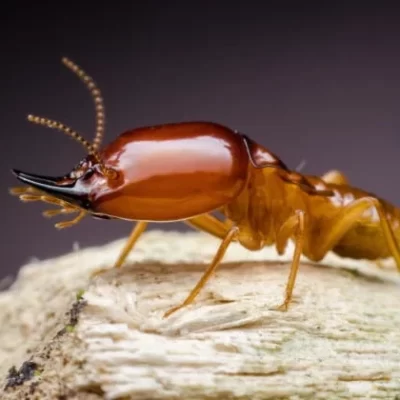
Termites Reveal Their True Identity: The New Cockroaches
- By Geert Devenster
- . November 13, 2023
Unveiling a surprising revelation, termites, those industrious wood-munching insects, are officially recognized as the new members of the cockroach order. As of February 15, 2018,
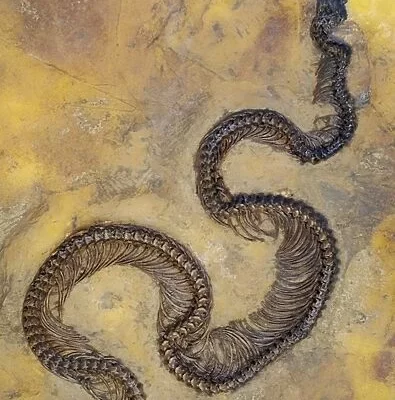
Fossil with preserved trachea found
- By Rolf Lewis
- . August 31, 2023
A unique prehistoric python with an elongated lung has been discovered in the Messel Pit near Darmstadt, Germany. The Messel Pit is one of the
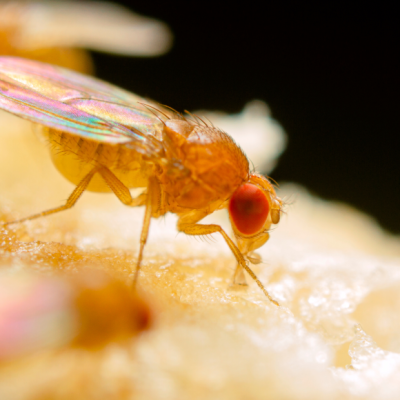
Virgin Birth’s Genetic Cause Identified
- By Rolf Lewis
- . August 13, 2023
In a groundbreaking discovery, researchers at the University of Cambridge have identified the genetic cause of virgin birth, or parthenogenesis. They were able to manipulate
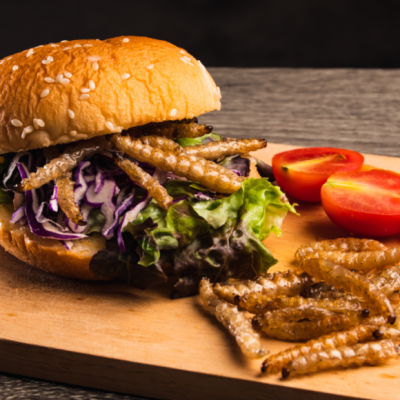
Exploring Acceptance of Insects as Food
- By Geert Devenster
- . August 10, 2023
Insects have been approved as food in the EU, but a recent study conducted by researchers at the Technical University of Berlin has found that
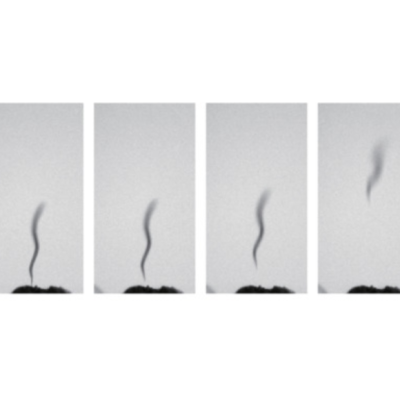
Jumping Worms Use Static Electricity
- By Rolf Lewis
- . July 1, 2023
In a fascinating discovery, researchers at Hiroshima University have found that tiny nematode worms, Caenorhabditis elegans, use static electricity to jump, glide through the air,

Ocean Insect Population Decline
- By Rolf Lewis
- . May 23, 2023
Insects are known to make up the majority of the biomass of all land animals. However, despite their abundance on land, they are surprisingly scarce
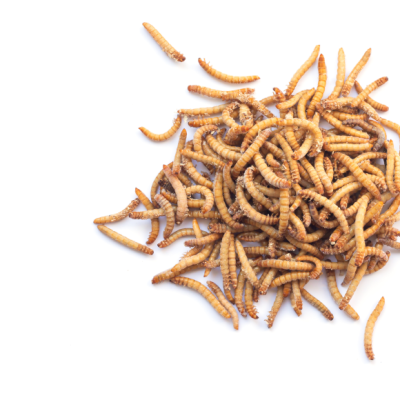
Tasty Meat Alternative: Mealworms
- By Geert Devenster
- . May 22, 2023
Insects have been touted as a sustainable protein source for the future, but many people are put off by the idea of eating bugs. However,

Hungry Plant Turns Carnivorous
- By Rolf Lewis
- . May 21, 2023
The Triphyophyllum peltatum, also known as the Dreifaltigblatt, is a plant that typically undergoes photosynthesis but can transform into a carnivorous plant. Researchers from the
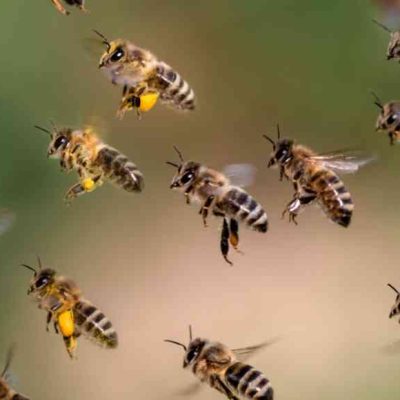
Bees Generate More Voltage Than Thunderstorms
- By Rolf Lewis
- . February 28, 2023
In a surprising discovery, British researchers have found that honeybees can generate an electric charge of up to 1,000 volts per meter when in a

EU approves two insect species as food
- By Geert Devenster
- . January 24, 2023
The European Union (EU) has recently approved grain beetle larvae and house crickets as food, with applications for other insect species still pending. According to









